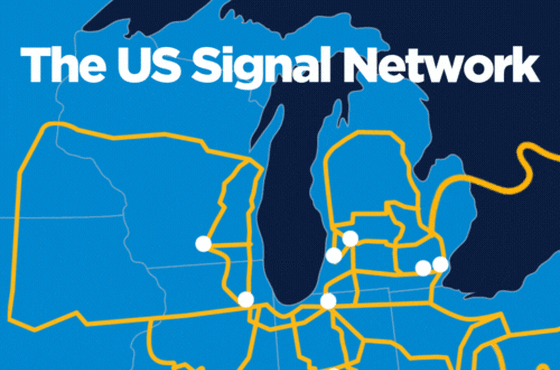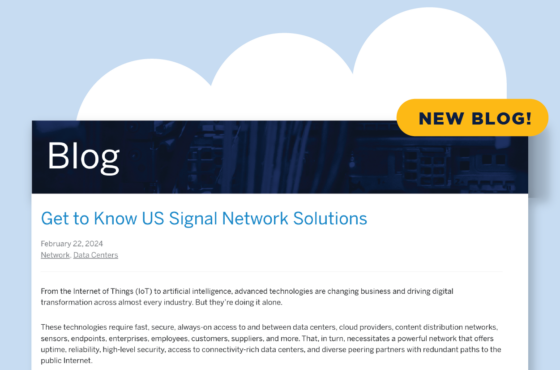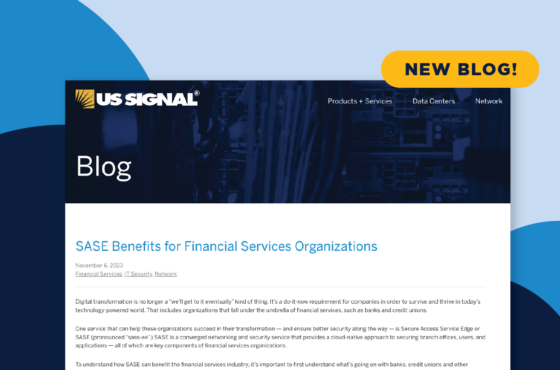MPLS vs. VES - What’s right for me?
December 10, 2014
Network
Today's Guest blogger is Patrick Miller. Patrick serves as the Product Manager for US Signal.
To E or not to E? - that is the question. Now that I have you scratching your head, you’re in the same frame of mind of those who are currently trying to decide between Multi-Protocol Label Switching (MPLS) or Virtual Ethernet Service (VES) as their WAN protocol. While all the features, advantages, and disadvantages may be daunting, the main thing to keep in mind is what your needs are relative to your situation.
Both MPLS and VES have been around the block a few times so fortunately you will not be distracted by the newest, shiniest, start up technology – no hip buzzwords here. These are both known quantities and proven technologies as they have been our bread and butter for many years.
Multi-Protocol Label Switching (MPLS)
MPLS is an IP based (Layer 3) protocol whose main selling point is the ease of the Any-to-Any topology which shows its true worth connecting all of the branches and remote offices. This means that these employees will access business critical applications over a carrier-grade product.
While MPLS is great choice for a WAN that needs QoS to ensure consistent performance for voice and video across the network, it is also great for interconnecting any number of sites and any type of site. The flip side of this means that MPLS tends to be more common in the lower bandwidth deployments while VES scales better particularly between larger sites.
Virtual Ethernet Service (VES)
VES is a transport level (Layer 2) protocol which has some nice features. The most important being its ubiquity. Ethernet is everywhere and just about any device you need can be connected directly to the switch. This allows you to deploy a WAN that is Ethernet from end to end, greatly simplifying the infrastructure. Additionally, Ethernet deployments tend to have larger bandwidths and are usually more economical from a dollar per Mb perspective.
A big difference of VES is that you have to manage the routing across the WAN which means deploying your own routers and staff that can manage and fix the routing tables, QoS, etc. This is not a disadvantage per se, but you simply must be prepared and equipped for the task. While some enterprises will never let go of control over their routing, some just do not want to deal with it. However, it is important to keep in mind when the conversation turns to the cost per Mb.
So, Which One?
At the end of the day, the answer to the question of “What’s right for me?” is unfortunately, it depends. Theoretically, it is as simple as lining your needs up with the features of the two protocols. Practically however, translating those needs into the quantitative equivalent of a protocol feature is not nearly as straightforward. Regardless of what situation you find yourself in, our knowledgeable Sales team staffed by experienced Sales Engineers and Solutions Architects will be there to make sure you get everything you and your business needs from your WAN.
Case Study
Read how US Signal used MPLS as a solution in the case study, S&S Tire Gains Scalability with US Signal's IT Solutions.


